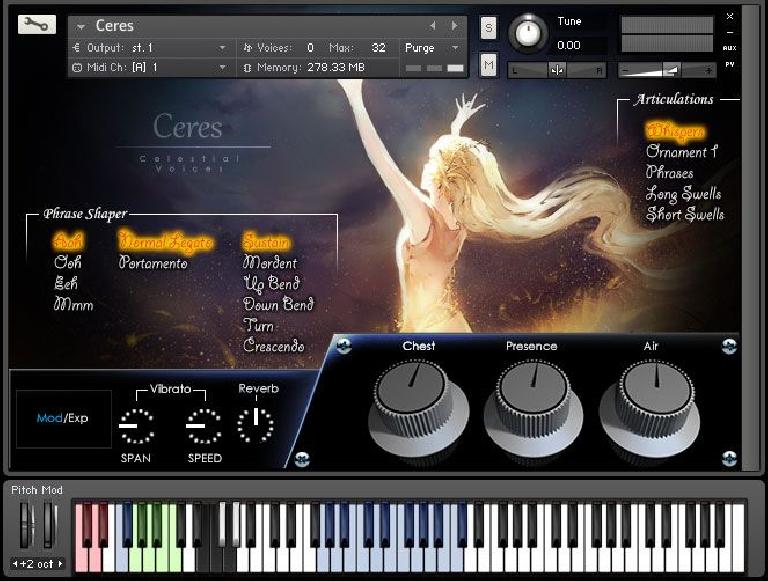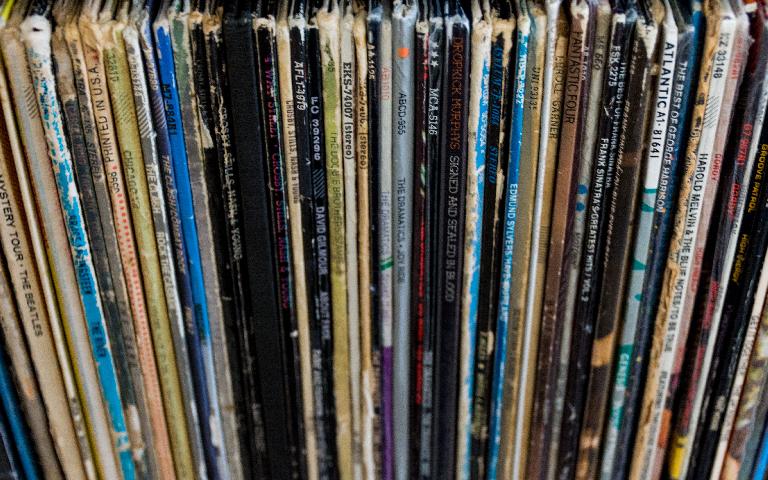Modern music production has come a long way from the methods of yesteryear. The musicians of old were required to enlist the skills of live musicians and the capabilities of (then) advanced recording equipment in order to create each individual track. Today, on the other hand, a musical masterpiece can be produced with just a laptop and a dose of creativity.
Used primarily in electronic and hip-hop music, a sampler is a digital “instrument”, not dissimilar to a synthesizer. The difference? While a synthesizer generates new sounds with voltage-controlled oscillators, a sampler uses recordings of real instruments and existing music.
Made popular in the 1980s, music sampling has advanced through time, to a point where, today, entire songs can be seamlessly spliced together through the manipulation of instrumental notes and excerpts from old songs.
It is possible to buy pre-made sample instrumental packs, however they’re usually very typical replications of ordinary instruments and lack the uniqueness of a custom-built sampler instrument. For example, with a custom-built sampler instrument, sometimes just one sample can be manipulated and edited to create a multitude of other sounds. There really is a world of possibility at the hands of technology.
Looking to unleash your creative potential? Here are a few sampling techniques to experiment with.
One Sample Pitched
The beauty of a sampler is that it can take a single sample, speed it up and slow it down to alter its pitch – and create a succession of different notes from there.
To achieve this, the sample is loaded onto a ‘zone’, where it can be mapped across a keyboard for editing. The ‘root key’ will play the sample exactly as it was recorded, while other keys change the tempo to alter the pitch.
The only problem with this is when a sample is sped up to create a higher pitch, the note will sound shorter, and when it is slowed down for a deeper pitch, the note will sound drawn out. In this case, a process called ‘granulation’ can be used to decouple pitch and playback speed, so the pitch can be altered without the duration being affected.
Multi-Sampling
For a more authentic sound, multiple audio samples of an instrument being played at different articulations and velocities can be uploaded to the sampler. The more recordings you have of various combinations of note, articulation and velocity, the more realistic the instrumental will be.
Covering all possible musical combinations is incredibly time-consuming however, so many choose to record just a select few combos and then play with pitch-shifting and volume to emulate the rest.
Looping
Samples are typically either ‘one shots’ – playing just once, regardless of how long you sustain a key trigger – or loops, which can mimic the sound of a sustained note.
Different looping variations include repeating the sample from the beginning over and over until the key is released; or reaching the end of the sample and then playing backwards, before starting again from the beginning (in a back and forth manner). This can also be done for selected sections of a sample, rather than the whole thing. If the looping results in a slightly disjointed sound, a crossfade function can be used to eliminate any clicks or discontinuities that may occur.
Layering
If you’re feeling extra imaginative and want to create some truly unique sounds, it’s possible to stack multiple samples on top of one another to produce an entirely foreign-sounding instrument. For example, bold percussion beats blended with the airy sounds of a wind instrument. The same can be done by layering duplicate versions of the same sample played at varying pitches – a great technique for adding depth to a sound.
The real secret behind sampling, of course, is letting loose and experimenting until you find the sounds that you want. Creative licence is the beauty of modern music production, so loop, layer and mix to your heart’s content. There’s a masterpiece waiting to be made.
Learn more about sampling and music production: https://ask.audio/academy?nleloc=new-releases





 © 2024 Ask.Audio
A NonLinear Educating Company
© 2024 Ask.Audio
A NonLinear Educating Company
Discussion
Want to join the discussion?
Create an account or login to get started!